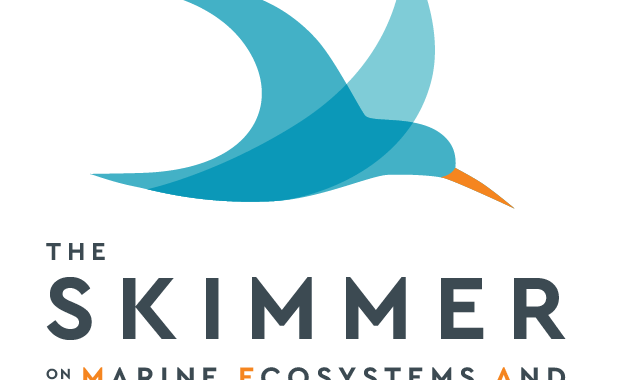Editor’s note: Jon Fisher is currently a conservation science officer at The Pew Charitable Trusts where he provides scientific expertise to inform and improve research projects and helps to increase the impact of scientific research. He was formerly a senior conservation scientist at The Nature Conservancy where he led and conducted research as a principal investigator and conducted internal theory of change work. He and co-authors recently published a paper “Improving scientific impact: how to practice science that influences environmental policy and management” in the journal Conservation Science and Practice. Fisher presented a webinar on this research to the OCTO networks (including the EBM Tools Network) in December 2019, and we highly recommend reading the paper and watching the webinar recording.
Skimmer: As you describe in your paper, a lot of scientific research that is intended to be applied isn’t ever used – because decision-makers are unaware of it, aren’t able to access it, don’t understand it, or don’t see it as relevant. Your recent paper outlines practical steps for improving the impact of science on decision making. Could you give us a summary of those steps?
Fisher: Sure, at a high level we recommend four steps:
-
Identify and understand the audience (e.g., a decision-maker with whom you can partner)
-
Clarify the need for evidence (i.e., how new information could lead to action)
-
Gather “just enough” evidence (i.e., so there is enough rigor to be credible without missing key decision-making deadlines or wasting resources on gathering extraneous information)
-
Share and discuss the evidence (i.e., help people learn about your results and motivate them to act on them).




 thought. The Nature Conservancy spent roughly the same amount of money on the research as we did paying landowners to make changes on the ground that would improve water quality! When we quickly repeated the analysis using coarser (and free) satellite imagery, we found we probably could have saved tens of thousands of dollars, which could then have been spent on more conservation to improve water quality. So “too much” research has real costs in conservation. But it takes careful discussion and planning to get it just right.
thought. The Nature Conservancy spent roughly the same amount of money on the research as we did paying landowners to make changes on the ground that would improve water quality! When we quickly repeated the analysis using coarser (and free) satellite imagery, we found we probably could have saved tens of thousands of dollars, which could then have been spent on more conservation to improve water quality. So “too much” research has real costs in conservation. But it takes careful discussion and planning to get it just right. Essentially, we worked to produce a stand-alone publication that makes research impact advice accessible to a broad range of scientists. Most of our recommendations have already been published elsewhere, but we have found a very low level of awareness of those recommendations in our target audience. It is ironic that advice for planning effective communications has not been well communicated to scientists.
Essentially, we worked to produce a stand-alone publication that makes research impact advice accessible to a broad range of scientists. Most of our recommendations have already been published elsewhere, but we have found a very low level of awareness of those recommendations in our target audience. It is ironic that advice for planning effective communications has not been well communicated to scientists.